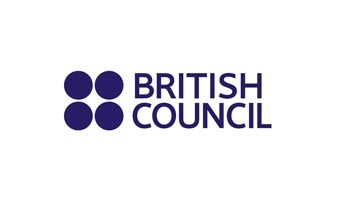Dealing with meetings (Part 1)
In today’s demanding workplace, meetings are a regular feature of everyone’s schedule. So how can we ensure that our attendance helps to achieve the aims that have been set? The answer lies in careful preparation, and there are several points to consider.
-
Your input
You have been invited because others want to hear your input, so make sure that this is relevant, focused and supported with evidence.
You should receive an agenda in advance; this will indicate what is needed.
For example, a consultative meeting might require your response to a new staff policy under consideration. So, decide what your main concerns are, and prepare a list of questions to ask.
- Is this change permanent?
- Will there be a bonus?
Other meetings may require different types of input and interaction: a mini presentation to inform others, collaboration in solving a problem, or a meeting with a client to establish a good working relationship.
You may also need to anticipate what others might say and how this relates to your position. How will you respond? If negotiation is involved, have alternatives ready.
No bonus? In which case, could I suggest we consider time off in lieu (TOIL).
Whatever the purpose:
Decide on the key points you need to make
Prioritise them
Be ready to explain and justify them
Get the evidence you need
-
Your delivery
Once you’ve chosen your key messages, decide how to communicate them, bearing in mind the following factors:
Relationships
These influence the language used. While a meeting between close team members uses friendly, informal and direct language (see example a), one that includes external contacts will likely feature more formal language, with introductions necessary (see example b).
So, any ideas John?
Perhaps John Smith from Marketing would like to share his ideas with us?
Shared understanding
Your team may regularly discuss complex ideas, using specialist terminology. However, when your audience does not share the same expertise, consider using simpler, more general alternatives.
English level
Finally, where the participants’ level of English varies widely, you may need to modify not just the complexity of the language, but also your speed of delivery. Try to subtly emphasise key words more, and pause for a little longer than usual to allow for processing.
Next week in part 2, we will focus on maintaining good relationships.






